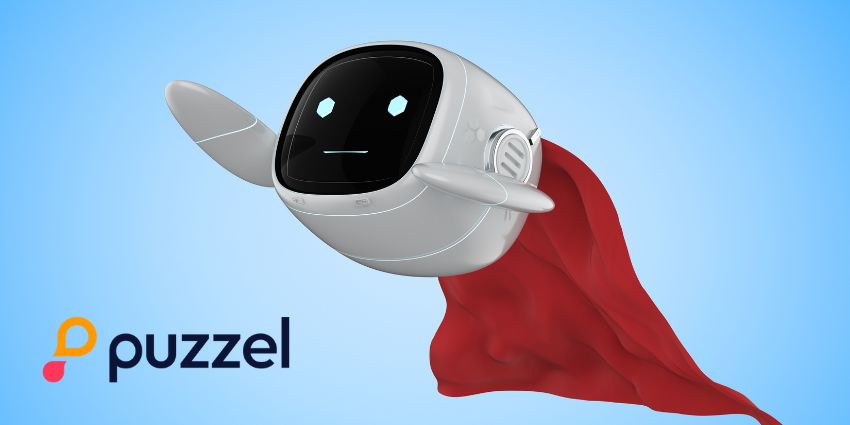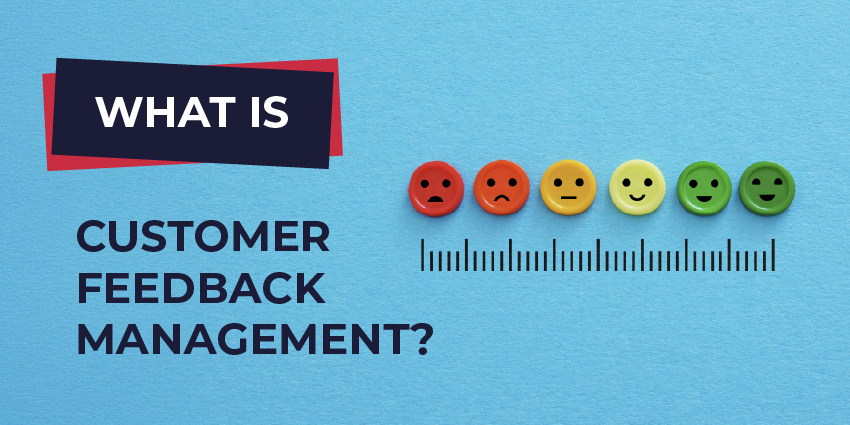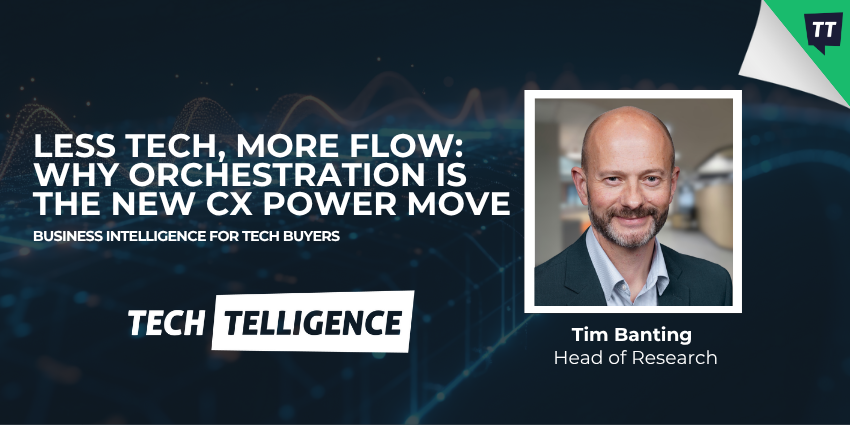Call recording has become a critical add-on for organisations of all shapes and sizes operating customer-facing contact centres. For monitoring service levels, training staff, resolving disputes and ensuring regulatory compliance, recorded calls provide concrete, reliable information resources which can be returned to as and when required.
All the indications suggest the importance and utility of call recording is only likely to increase in the future. As the technology becomes more sophisticated, particularly with the integration of analytics tools, recording has the potential to provide ever more powerful insights into customer relations, service and sales.
But there are challenges ahead, too. The regulatory landscape has always been critical to call recording, with data protection and privacy laws weighing heavily on how companies use and handle recorded materials. With major changes to data legislation set to come into force in 2018, regulation will continue to play a key role in shaping the market.
As part of our Technology Track series on call recording, we decided to get the inside view on these issues and more from a panel of leading industry experts. Our thanks to Chris Harris, Managing Director of Xarios Technologies, Phillip Reynolds, CEO of Oak Innovation, Simon Whatley, Sales Director at Tollring, Paul Wakefield, SIP Trunking Product Manager at Gamma, and Paul Taylor, Sales Director at Voiceflex.
Cloud Calling
Discussing how the call recording market had developed in the past few years, Xarios’ Chris Harris described it as “maturing”, referencing in particular an increased willingness in the SMB market to buy into call recording for reasons other than compliance. “There is much greater grasp of the benefits of call recording for both transactional verification and also for training, mentoring and adherence to best practice,” Chris said.

Oak’s Phillip Reynolds agreed that more businesses than ever before now appreciated the link between call recording and improving customer service. “Demand for call recording is mostly driven by the need to have every customer interaction recorded so it can be measured and improved upon,” he said. Paul Wakefield said wider recognition of tangible business benefits had made call recording less of a “niche technology”.
Everyone agreed increased appreciation of the wider benefits of call recording had gone hand in hand with improvements in the technology. Tollring’s Simon Whatley suggested cloud technology had been instrumental in this, offering benefits such as managed and scalable storage, easy access to recordings on any device via a web browser, and little or no up-front investment. As Paul Wakefield pointed out, if the price was right and someone was managing the system for you,
“Why wouldn’t you ask your Telco to record your calls?”
For Voiceflex’s Paul Taylor, this trend for flexible, scalable, managed recording will remain the key driver in the market going forward. “It’s a forgone conclusion everything in time will move to the cloud – by the nature of the application, it’s quicker to deploy and easier to manage,” he said.
Building the Platform

The panel were also in agreement that the emergence of cloud-based recording would open the door to further innovations in the technology. Phillip Reynolds argued that scalability will be key. “We’ll see a move away from simply recording calls to recording all forms of customer interaction. Call recording vendors will become communications recording vendors. It’s a very exciting time for the channel and it offers the opportunity to grow sales dramatically.”
Paul Taylor agreed that it will be crucial for vendors to broaden the focus of recording beyond voice to embrace all web-based forms of communication. “Contact centres will move quickly and leverage WebRTC technology across all their applications. Call recording will be a small part of the application given the move for more and more online interaction.”

Paul Wakefield, however, argued that voice will always play a key role in business communications, and that the most successful recording platforms of the future will be those which best master the difficult task of voice analytics. “There will always be a role to play with voice, and it’s in the mining of this data – a field which has long promised results – where AI and other exciting technologies show true promise,” he said. “My view is that the winners will be those who do that job well and make it easy to interoperate with other best-of-breed technologies.”
Simon Whatley sees the combination of multi-channel recording and analytics as the route to taking the market “to another level”.
“We will see a number of cognitive services being made more readily available off the back of the cloud, such as phonetic search and sentiment analysis,” he said. “These services will enable call and video recordings to be analysed automatically, providing an understanding of sentiment, by words used and reactions.”

Chris Harris suggested that call recording vendors could start to look at the processing capabilities of cloud-based AI applications like IBM’s Watson and Amazon’s Alexa as a basis for their analytics tools. “There is the opportunity not only to use traditional speech recognition capabilities but also use the results to automatically ‘call score’ interactions by detecting certain phrase characteristics, repetitive sentences or even changes in the person’s voice,” Chris explained
“Using the cloud-based computing power of IBM and Amazon to drive the speed of this analysis could provide near real-time call scoring. This would enable call centres to assist agents on challenging calls instantly, rather than post call analysis – by which time the customer is potentially unhappy.”
Changing the Rules

Aside from developments in the technology, the panel agreed that regulation has been the major driver of change in the call recording market, and that this was likely to continue through the introduction of the GDPR and beyond.
Commenting on rules over recording financial transactions, Phillip Reynolds said: “FCA and PCI compliance have been big drivers in terms of what you must do if you have a call recorder, keeping recordings secure and tamperproof, not recording CV2 numbers on the back of credit cards and so on. But these haven’t necessarily driven demand for call recording.”
“MIFID II on the other hand is driving demand in the financial sector where recording certain types of calls is mandatory.”
Simon Whatley and Paul Wakefield both agreed that the new MIFID regulations covering the financial instruments market were likely to stimulate demand for call recording solutions. Simon said: “This increased level of compliance (required under MIFID II) will see further uptake of cloud-based solutions, as incumbent on-premise solutions become ‘not fit for purpose’ and the required level of investment sees businesses seeking more cost-effective alternatives.
“IDC reports that by 2019, 46 per cent of financial services businesses will have migrated to the cloud as a result of the MiFID II directive, up from 28 per cent in 2014.”
Paul Wakefield added that vendors would have to respond flexibly to a changing regulatory landscape, using it as an opportunity by helping customers remain compliant. He pointed to the example of how DTMF suppression became an industry standard after it was realised there was a PCI-DSS compliance issue with customers tapping card details into a keypad. “Recording solutions now are increasingly expected to offer DTMF suppression technology in order to stop sensitive card data from entering the contact centre to being with,” he said.
With regards to the General Data Protection Regulation (GDPR) due to be introduced in May 2018, Paul Reynolds argued that it would not necessarily have much direct impact on call recording products. “Call recording already needs to be secure and tamperproof and access to recordings needs to be controlled,” he explained.
The key issue with GDPR will instead be tightening up processes to be able to demonstrate compliance. Paul Wakefield suggested that the explicit penalties laid out in the regulations for non-compliance will spur businesses into action, while Simon Whatley felt businesses would need to look at steps to prevent the recording of certain sensitive personal data altogether.
All about Service
Overall, the panel were unanimous in agreeing that the future looks bright for call recording vendors and their channel partners – particularly those which can find new and innovative ways to help customers improve performance and service. Chris Harris argued that call recording vendors will benefit from the focus on service levels created by increased competition in most industries. Businesses will look for any advantage they can get, and the provision of affordable, accessible, multi-channel insight on customer service through contact recording will therefore appeal to many.
Summing up, Paul Wakefield said:
“There is a wealth of customer insight trapped within your call recordings. Solutions that can unlock this potential carry the promise to deliver a full return on investment. The winners will be those companies who offer a cost effective solution to the needs of the market.”







